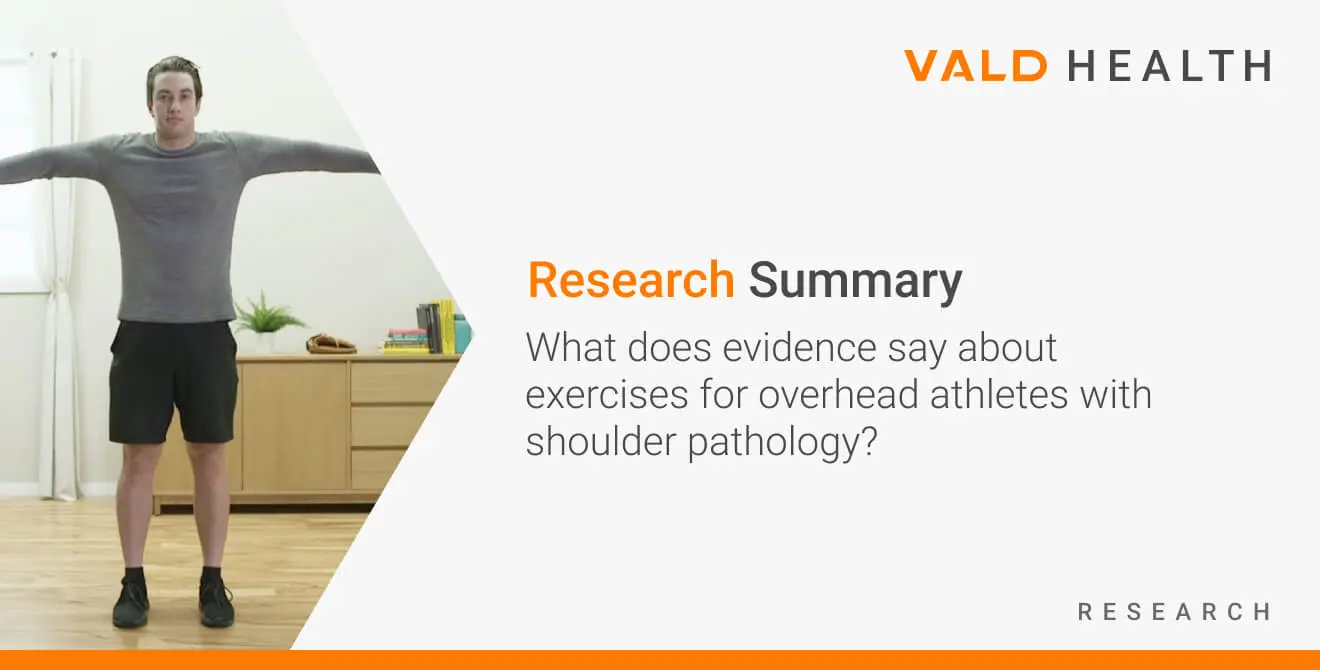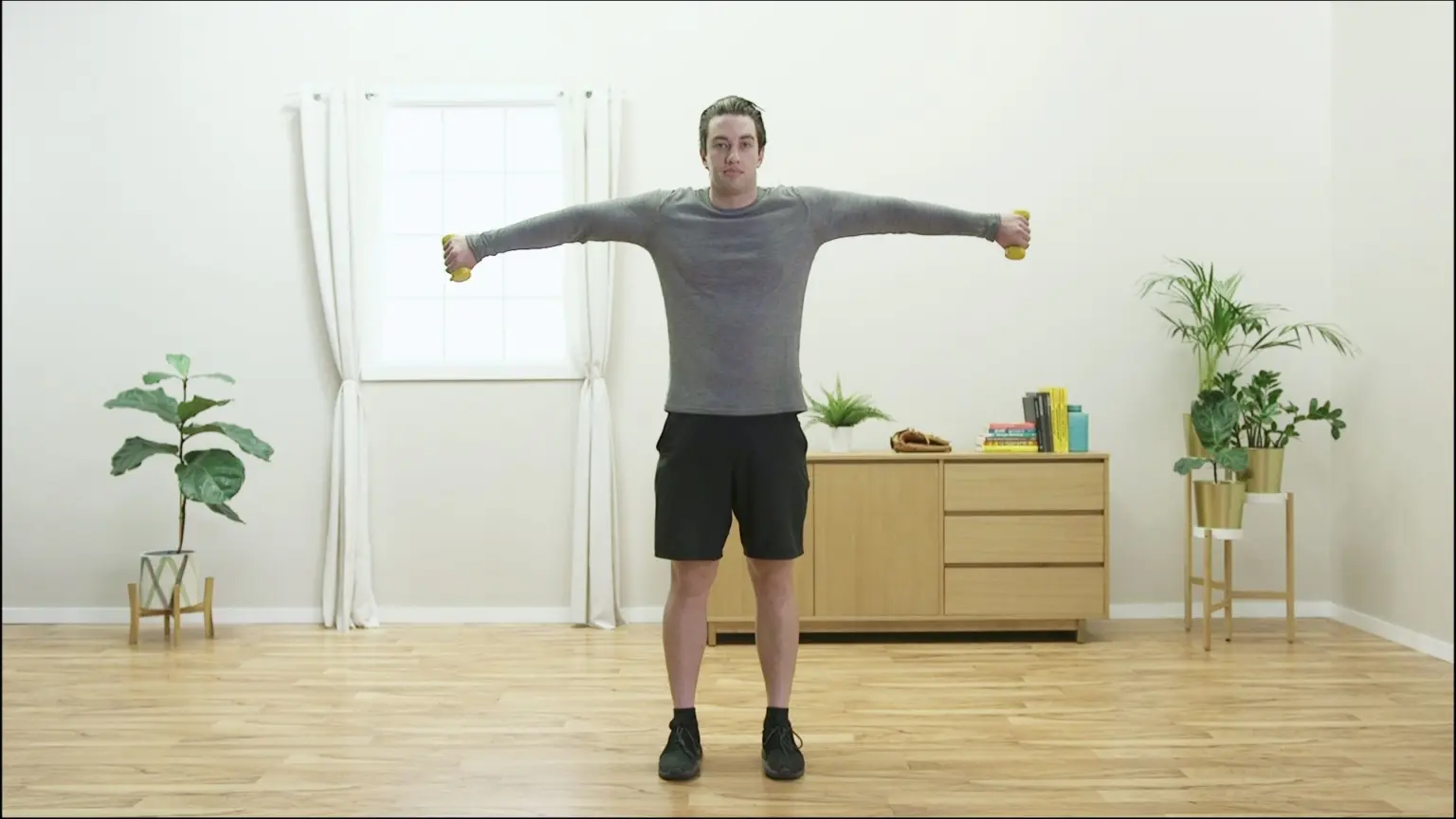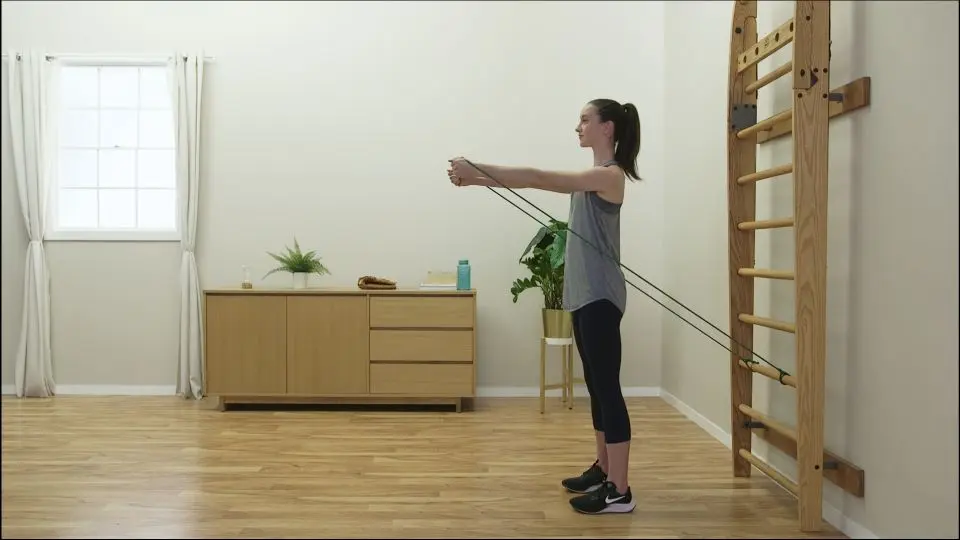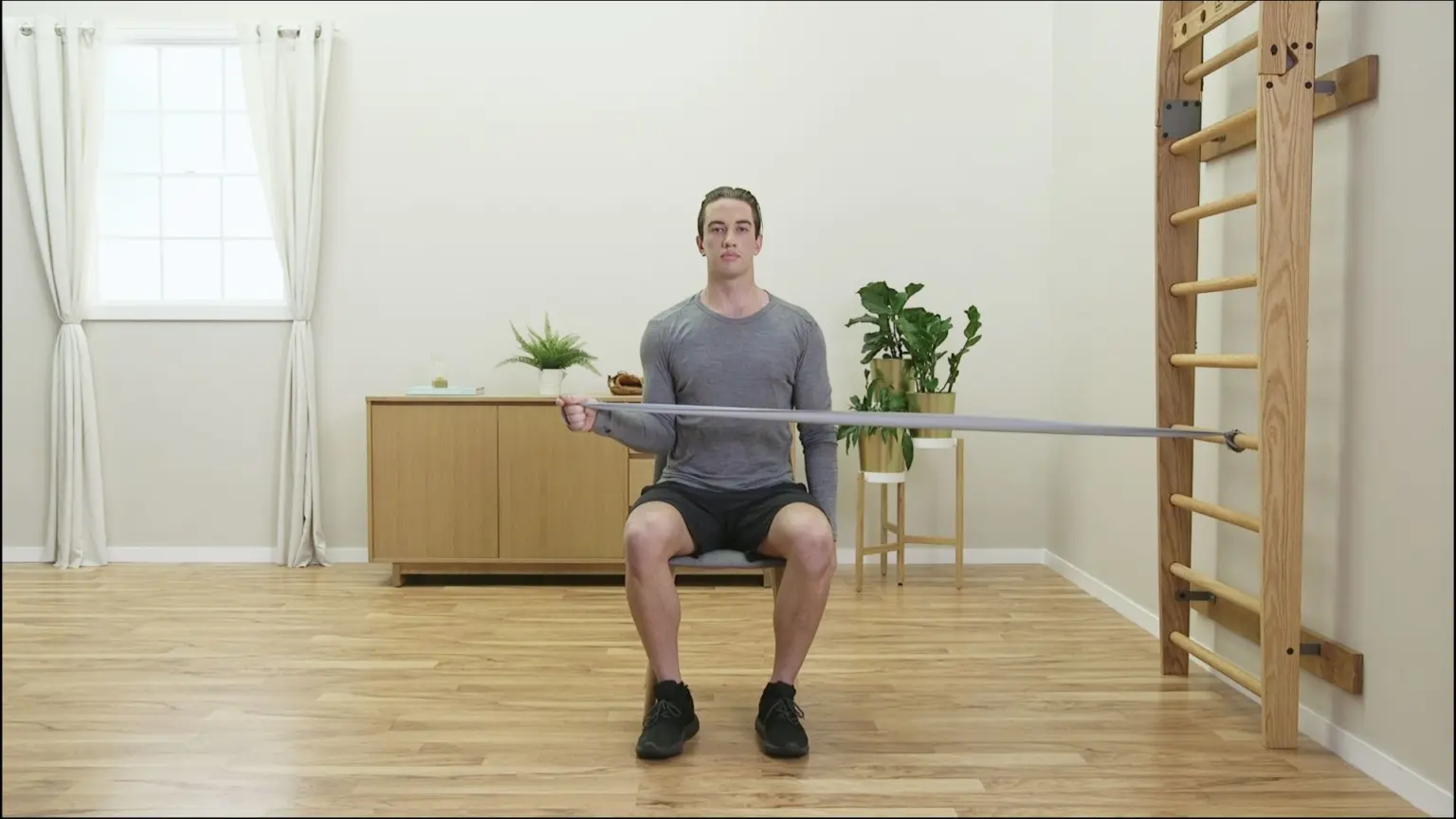What does evidence say about exercises for overhead athletes with shoulder pathology?
Available in:
EN
Original research title: Exercise prescription for overhead athletes with shoulder pathology: a systematic review with best evidence synthesis (Wright et al., 2017)
Authors: Alexis A Wright; Eric J Hegedus; Daniel T Tarara; Samantha C Ray; Steven L Dischiavi.
Year: 2017
Definitions:
- Overhead athletes: Athletes performing in sports requiring movements above their heads e.g., Basketball, volleyball, tennis
Purpose
Overhead athletes require a combination of dynamic shoulder movements. As a result of repetitive overhead demand, muscle fatigue and altered biomechanics, there is an increasing prevalence in overhead athletes suffering from shoulder pathology Wright et al. (2017), looked to investigate the best evidence synthesis of exercises for treating shoulder pathology in the overhead athlete.
Takeaway
There is a lack of consensus on the standard recommended exercises for the overhead athlete with shoulder pathology. The evidence is flooded by expert opinion, but the overall level of evidence is low.This study compiles the strongest available evidence of exercises for overhead athletes with shoulder pathology. There is a catalogue of exercises here that is meant as a reference resource and not a recipe book. Therefore, clinicians and practitioners must use their sound clinical reasoning and decision making that best suits their patients.As a result, the best recommendation for rehabilitation should look to consider the complex, dynamic and multidimensional aspects of the shoulder joint, shoulder pathology and recovery.
Key findings
A mixture of upper extremity plyometrics, single-plane performed below 90° elevation, kinetic chain and sport-specific exercises were recommended. Interestingly, the strongest evidence for overhead athletes is to perform exercises below the head.The study used Centre for Evidence-Based Medicine (CEBM) ranking as a way of synthesising the data across all studies as compared to the usual clinically-based outcome measures.The strongest available evidence (level B) for overhead athletes with shoulder pathology are exercises including:
- Upper extremity + Single plane + Open chain + Below 90o shoulder elevation.
- Upper extremity + Closed chain exercises.
Table 1: Best evidence synthesis in support of exercise prescription for the overhead athlete (Wright et al., 2017)
| TYPE OF EXERCISE (UE) | RECOMENDATION | STRENGTH OF RECOMENDATION (A-F) |
| Open chain UE exercise below 90° | Based on consistent findings from level II and III studies, UE exercises below 90° shoulder elevation have evidence to support their use in overhead athletes with shoulder pathology. Expert opinion is in agreement with research findings. | B |
| Open chain UE exercise above 90° | Based on consistent findings from level II and III studies, UE exercises above 90° of elevation have evidence to support their use in overhead athletes with shoulder pathology. Expert opinion is in agreement with research findings. | C |
| Closed chain UE exercise | Based on consistent findings from level II and III studies, closed chain UE exercises have evidence to support their use in overhead athletes with shoulder pathology. Expert opinion is in agreement with research findings . | B |
| Isokinetic exercise of the UE | Experts recommend isokinetic exercises both below and above 90° shoulder elevation in overhead athletes with shoulder pathology. | D |
| Plyometric exercise | Experts recommend plyometric exercises both below and above 90° shoulder elevation in overhead athletes with shoulder pathology. | D |
| Kinetic chain / core / lower extremity exercise | Experts recommend kinetic chain / core / lower extremity exercises in overhead athletes with shoulder pathology. | D |
| Sport-specific training | Experts recommend sport-specific training in overhead athletes with shoulder pathology. | D |
- For strength of recommendation: A = signifies consistent findings in >2 level I studies; B=consistent findings in >2 level II or III studies or =2 level I studies; C=findings from >2 level IV studies or =2 level II or III studies; D=findings from >2 level V studies; F=conflicting findings or findings from =2 level V studies.
- UE = upper extremity
To read the full research paper, read here.
How can TeleHab help?
VALD Health’s exercise prescription app, TeleHab, has a selection of exercises that accommodate these recommendations, including:
- Resisted shoulder external rotation (exercise band).
- Shoulder abduction to 90° Bilateral shoulder flexion to 90° and many more.



